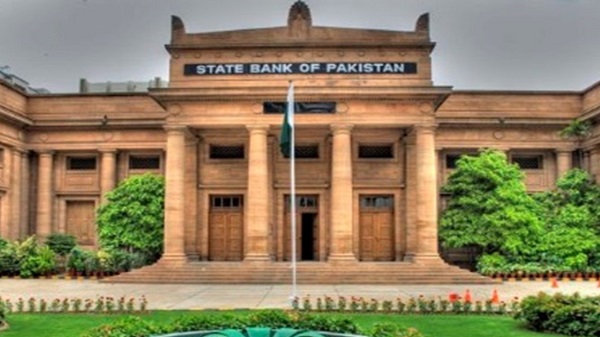Islamabad, (Samajweekly) The foreign exchange reserves held by the State Bank of Pakistan (SBP) have plunged to precarious levels as the cash-strapped nation desperately seeks to revive the stalled bailout programme of the International Monetary Fund (IMF), local media reported.
Due to foreign debt payments, the central bank said its reserves fell $592 million to $3,086.2 million during the week ended January 27, the lowest since February 2014, and are barely enough to provide import cover for 18.5 days, Geo News reported.
The reserves held by the commercial banks stand at $5,655.5 million, $2.6 billion higher than those of SBP, taking the total reserves of the country to $8,741.7 million, the central bank’s statement mentioned.
Despite the falling reserves, the federal government is ensuring it meets international debt obligations to avoid default � a long-standing threat that has now forced the Shehbaz Sharif-led government to meet the conditions of the IMF.
Amid the liquidity crunch and the government’s removal of the cap on the dollar, which was a pre-condition of the IMF, the Pakistani rupee plunged to a historic low of Rs 271.35 against the US dollar in the interbank market, Geo News reported.
With the reserves hitting new lows every week and the government trying to keep itself afloat by meeting IMF demands, the prices of commodities have also witnessed a spike.
Consumer prices rose 27.6 per cent compared to 13 per cent in the same month of last year, according to data released by the Pakistan Bureau of Statistics (PBS) on Wednesday. This is the highest year-on-year inflation after May 1975 when the median rate clocked in at 27.77 per cent, Geo News reported.
Due to the ongoing situation, the central bank has also restricted the issuance of letters of credit (LCs), leading to the complete or partial shutdown of business � from textile to automobile. This is causing a disruption in the supply chain, which will ultimately lead to an increase in the rates of commodities.
SBP Governor Jamil Ahmed had said last month that the country owed $33 billion in loans and other foreign payments before the end of the fiscal year in June.








